Jean-Luc Godard, giant of French cinema celebrated for fresh and vivid films including Breathless and Pierrot le Fou – obituary

Jean-Luc Godard, who has died aged 91, was the most celebrated film director to emerge in France as part of the new wave in the late 1950s. He and his colleagues reacted against the contemporary French cinema, which they dismissed as the cinéma de papa, regarding it as moribund compared with the more vivid Hollywood films noirs then beginning to filter through to France after being shut out during the war.
These views were expressed by Godard, Claude Chabrol and François Truffaut (all later film-makers) in the magazine Cahiers du Cinéma. When they graduated to making films themselves, however, none followed this route. Godard’s breakthrough, À Bout de Souffle (Breathless, 1960), established a brand new formula, with Jean-Paul Belmondo and Jean Seberg pursuing a feckless romance on the verge of society.
What stood out at the time was the realistic location photography in recognisable Parisian thoroughfares, which looked as if it was shot off the cuff. Godard’s film also reflected the cult of je m’en foutisme, as if nothing, in the end, counted for anything.
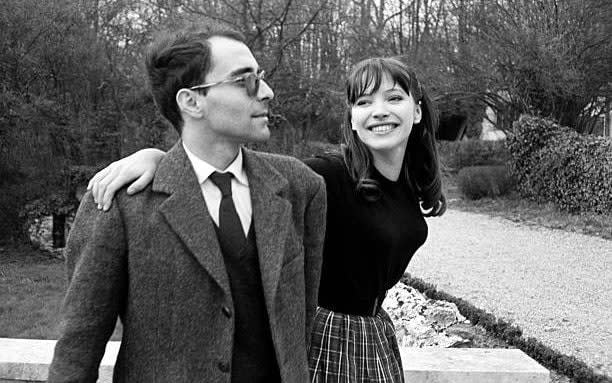
This, however, was merely the start of Godard’s unpredictable career. In 1961, he married the Danish actress Anna Karina, and for a few years, until they divorced in 1967, they made some of the most moving and stylish films in the French cinema of the early 1960s, including Une Femme est une Femme (1961), Vivre sa Vie (1962), Alphaville and Pierrot le Fou (both 1965) and the short Made in USA (1966).
These films in effect became the second chapter in Godard’s film career. After this, he discovered Marxism and for the rest of his life devoted himself to making films embodying dialectical materialism. They became increasingly impenetrable, and indeed intolerable to film-goers not sympathetic to radical thought. Unsurprisingly, many were denied circuit releases and could be seen only at non-theatrical screenings.
Many played fast and loose with audiences’ narrative expectations. Though he conceded that every film should have a beginning, a middle and an end, he qualified this by adding “but not necessarily in that order”.
His status in cinema history is still undecided. The content and visual aplomb of the early films with Karina is undisputed. Some, however, felt that his later works sometimes stretched loyalty beyond endurance. Many abandoned narrative in favour of random thoughts on a variety of topics. “I think of myself as an essayist,” he suggested, “providing essays in novel form or novels in essay form, only instead of writing them, I film them.”
Jean-Luc Godard was born on December 3 1930 in Paris. The family was well off: his father was a doctor, his mother a banker’s daughter. During the Second World War he took Swiss nationality, but returned to Paris in the late 1940s and was educated at the Lycée Buffon and later at the Sorbonne, where he studied Ethnography.

At university, he befriended Truffaut, Chabrol, Jacques Rivette and Eric Rohmer (all of whom later spearheaded the new wave). All came under the influence of the critic André Bazin, whose preference for the moving camera rather than editing (then known as montage) swayed a whole generation of film critics and film-makers.
Godard’s Sorbonne studies were cut short for lack of parental support. Learning that his son had sold his grandfather’s first editions to pay for visits to the cinema and that he had been ducking classes at the Sorbonne, his father promptly cut off his funds.
Godard’s first employment was on a Swiss dam project, having returned to attend his mother’s funeral after a car accident. The money he earned helped to finance his early film experiments.
Godard’s first films were all skittish shorts. They included All the Boys Are Called Patrick (1957) and Charlotte and Her Jules (1958), one of the first screen appearances of Jean-Paul Belmondo, whom he also used in his first feature film, À Bout de Souffle.

Though this was recognised at once for its originality, it was followed by the more controversial Le Petit Soldat, about the Algerian conflict. It was made in 1960 but its release was held up for four years. The lead actress was Anna Karina, whom Godard subsequently married.
It was Godard’s fourth feature, Vivre sa Vie, also with Anna Karina, that established him as a master. The simple story of a prostitute’s life, it leaps to a higher dimension by borrowing the manner of Carl Dreyer, the Danish director of The Passion of Joan of Arc (1928).
Anna Karina was made up to resemble Jeanne Falconetti, Dreyer’s Joan, and there is a remarkable scene in which she is actually watching and weeping over that film in a Paris cinema. The physical similarity between the two women is instantly apparent; it was perhaps the greatest tribute any director ever paid to his leading actress.
Godard’s career was on a rising curve at this stage. With Anna Karina, he made an equally successful sci-fi film, Alphaville, which transformed the real-life Parisian suburbs into a vision of a city of the near-future as striking in its way as Fritz Lang’s Metropolis, yet absolutely authentic. One of the triumphs of Alphaville was to recognise that in Paris at that time tomorrow was already today.
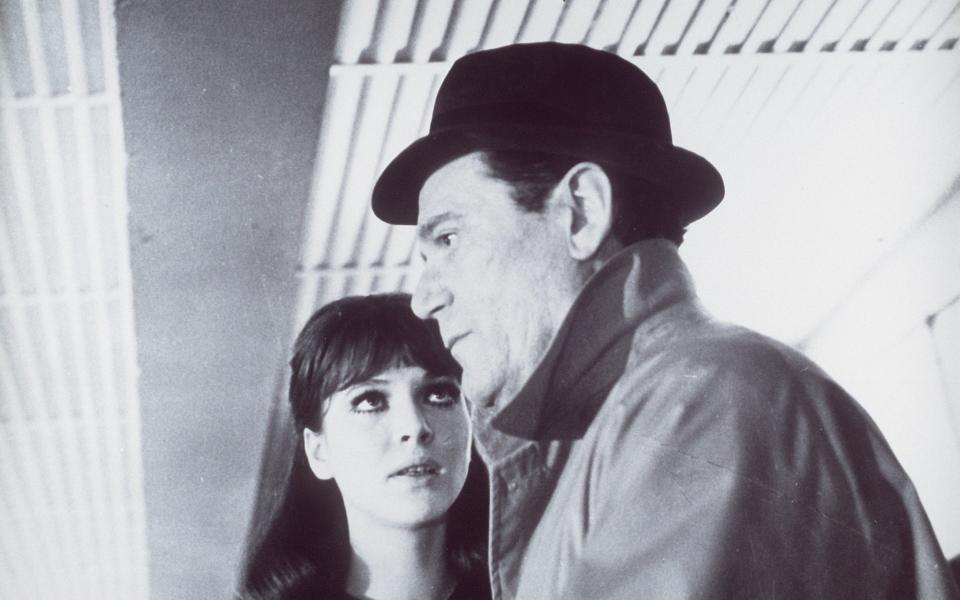
Its other great quality was to humanise low-grade American literature. The hero, if he can be so called, is Lemmy Caution, a hero of pulp fiction and regularly played on screen, as here, by Eddie Constantine. The heroine, an ethereal Anna Karina, redeems him. It is one of the purest love stories in science fiction, comparable in this respect to Andrei Tarkovsky’s Solaris, which was made in Russia the following year.
In box-office terms, Godard was at the high-water mark of his career. The much underestimated Les Carabiniers, made slightly earlier in 1963, had depressed audiences in a story of two mercenaries forced to adjust to a war climate inimical to finer feelings. Dismissed initially as wholly detestable, it was only later recognised that as an anti-war picture that was precisely the point.
Also made at this time without Anna Karina was Le Mépris (1963), based on a novel by Alberto Moravia and the only occasion in which Godard worked with Brigitte Bardot. For part of the film her hair was black, which left her looking not unlike Anna Karina. It was Godard’s only film with a tragic conclusion.
The last few films he made with Anna Karina – Bande à Part (1964), Pierrot le Fou, and especially Made in USA – reflected the gradual disintegration of their marriage and were less popular at the time, though they have since risen in critical esteem. Une Femme Mariée, which he made in 1964 with Macha Méril, dealt with marital infidelity in a manner entirely clinical and in no way erotic.
It was frosty but stylistically magisterial; Godard had planned to call it La Femme Mariée, but was ordered to change the title to the indefinite article to discourage audiences from imagining that it referred generically to all French wives.
In 1966, Godard made Masculin Féminin and Deux ou Trois Choses Que Je Sais d’Elle. The opening shot of the latter was a tour de force: seemingly a telescopic picture of the swirling universe, it played tricks with the audience’s imagination and only gradually does it become apparent that it is actually the foam on a cup of coffee. A joke, perhaps, but in those days Godard sometimes had his tongue firmly in his cheek.
After his divorce from Anna Karina, Godard’s work changed dramatically to embrace Marxism. La Chinoise (1967), for example, focused on a Maoist cell within the University of Paris and proved extraordinarily prescient about the events of May 1968. Le Gai Savoir (1969), his first film made for television, dispensed with plot and centred instead on two students attempting to hammer out a credo on the relation between politics and film.
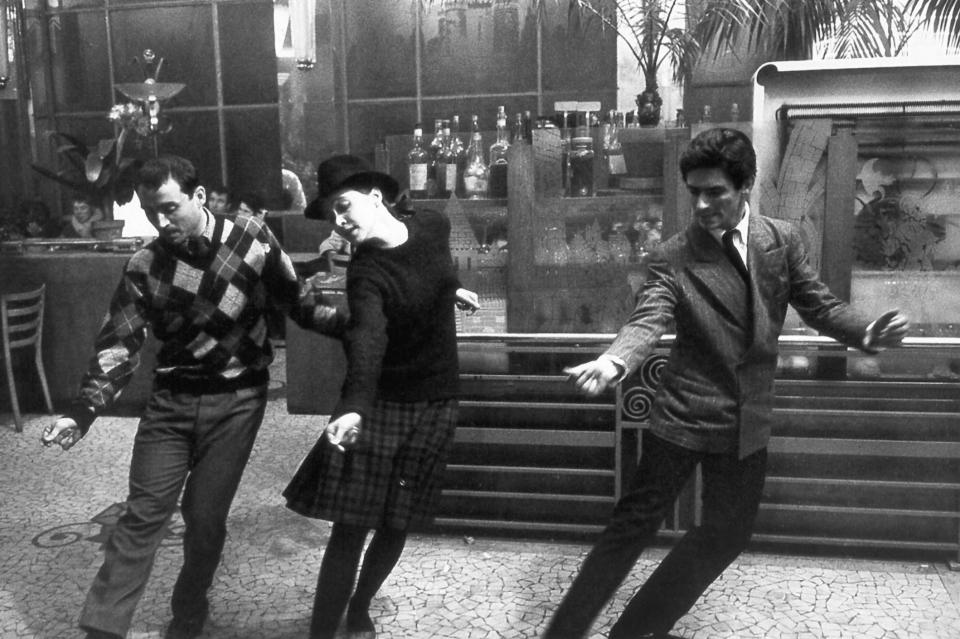
More effective was Week-end, made in the same year for the cinema – an indictment of the affluent bourgeoisie. The film begins with another unforgettable Godard shot – a miles-long car tailback, along which the moving camera tracks for almost a reel, to the accompaniment of blaring horns, effectively lambasting a social class obsessed with consumerism.
Godard’s change in direction was matched by deeds. He, Truffaut, Chabrol and others led a demonstration protesting against the government’s plan to sack Henri Langlois, founder and head of the Cinémathèque Française, the Paris equivalent – though even more prestigious – of London’s National Film Theatre. A few months later they forced the 1968 Cannes film festival to close by protesting in solidarity with workers and students on strike.
From 1968 to 1973, Godard devoted himself to an attempt to construct a revolutionary cinema. To this end he and like-minded colleagues such as Jean-Pierre Gorin established what they called the Dziga Vertov Group, after the revolutionary Russian film-maker of the early Soviet years.
Godard took time out in London to make One Plus One, his only English-language film. In effect it was little more than a recording session with Mick Jagger and the Rolling Stones. It received minimal release, even after the title was changed to Sympathy for the Devil in the vain hope of tapping a broader rock market.
Floundering a little, in 1972 Godard joined forces with the prominent Leftists Jane Fonda and Yves Montand to make Tout Va Bien and Letter to Jane – an open letter to the actress – but neither found much favour with the public.
He formed a new liaison, with Anne-Marie Miéville, and in 1978 they quit France to settle at Rolle in Switzerland. With Anne-Marie as his on-set assistant, he made Prénom Carmen in 1983 and Hail Mary in 1985, a new perspective on the virgin birth that offended the Catholic Church and drew protests when launched at the New York Film Festival. The budget for this film overstretched the funds available, so Godard agreed to direct a quickie to bridge the gap. This was Detective, a thriller that reconfirmed his technical skill but was essentially work for hire.
He then made a version of King Lear (1987), with Burgess Meredith in the title role and Molly Ringwald as Cordelia. It pleased neither his old fans nor Shakespeare enthusiasts. He had lost his original audience but never captured a new one.
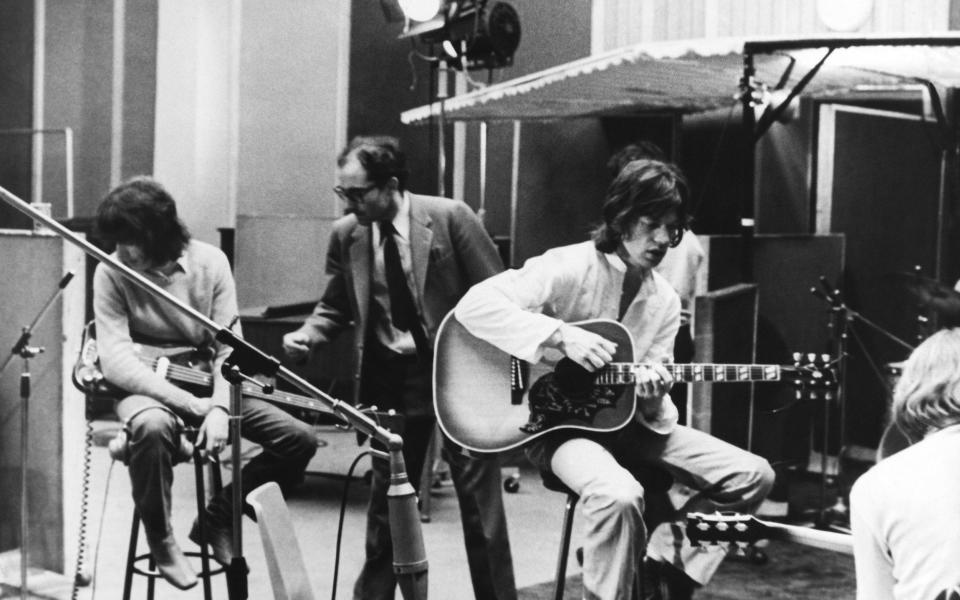
The stylistic audacity of his early films, which tore up the rule books and implied that any no-go area could be penetrated if you had the nerve, was succeeded by what increasingly seemed predictable and unexciting. To contemporary moviegoers it seemed as if he was refighting the old battles of 1917 and, indeed, 1791.
He did, however, produce a mammoth History of the Cinema in video form, confirming his pre-eminence as a guide to everything film lovers needed to know to become as encyclopaedic as himself. It cast new light on aspects of the cinema that modern filmgoers might have seen but passed them by. It was perhaps a greater and more worthwhile achievement than the films he was making then.
His work in the last decade of the 20th century and the first of the 21st pleased only his most loyal followers, who were chiefly critics with long memories rather than the paying public. Titles included Nouvelle Vague (1990), Hélas Pour Moi (1993), Éloge d’Amour (2001), Notre Musique (2004) and Film Socialisme (2010).
A common thread was the progressive abandonment of narrative and characterisation in favour of pontification. Film Socialisme, for example, consisted to a large extent of Leftist slogans and digressions into everything from copyright to geometry and equally peripheral subjects. Drawing on archive footage, it illustrated the class struggle through the 20th century.
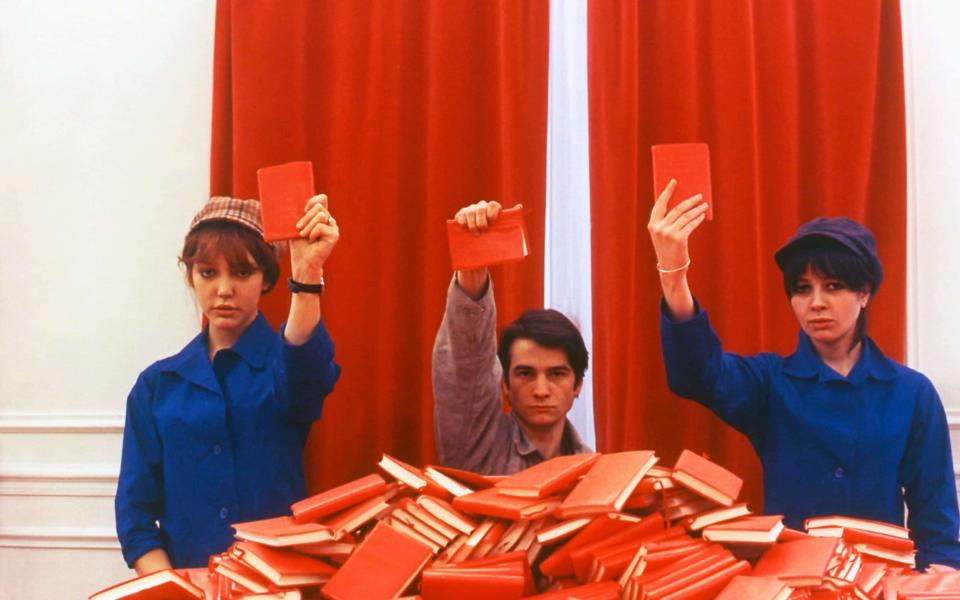
But the impression of truth and stark fact may be deceptive. As a movie buff more than familiar with the Soviet silent cinema, Godard would have been the first to acknowledge that truth is the plaything of the editing process. Anything can be made to prove anything depending on what is shown before or after.
In 2010 he was given an honorary Oscar – “For passion. For confrontation. For a new kind of cinema”, the citation read – but was not there to receive it, though his partner Anne-Marie Miéville said old age was to blame, rather than any grudge against Hollywood.
Goodbye to Language (2014), an account of how their dog helps a couple to communicate, saw Godard pick up the jury prize at Cannes, while the documentary The Image Book was selected for the 2018 Cannes festival and given a “special Palme d’Or”.
Jean-Luc Godard married first, Anna Karina (1961-65), and secondly Anne Wiazemsky (1967-69); both marriages ended in divorce. He was later partner to Anne-Marie Miéville, who survives him. He had no children.
Jean-Luc Godard, born December 3 1930, died September 13 2022

 Yahoo News
Yahoo News 